How Do Aspect Ratios Affect Your Photographs?
What Is an Aspect Ratio?
The aspect ratio of an image is the proportional difference between width and height. The most popular aspect ratio is 3:2.
This is the aspect ratio of 35mm film cameras and has been around for a long time. It became the standard for modern full frame cameras as well.
Besides 3:2 aspect ratio, there are other ratios that are gaining
popularity like 4:3, 1:1 and 16:9. They all have their own uses. Some
are more popular on social media. Others fit better on modern day monitors when viewed in full screen.
Also, if you are shooting with the aspect ratio in mind, you can use
your camera’s sensor to its maximum potential. You won’t lose details
while producing big prints.
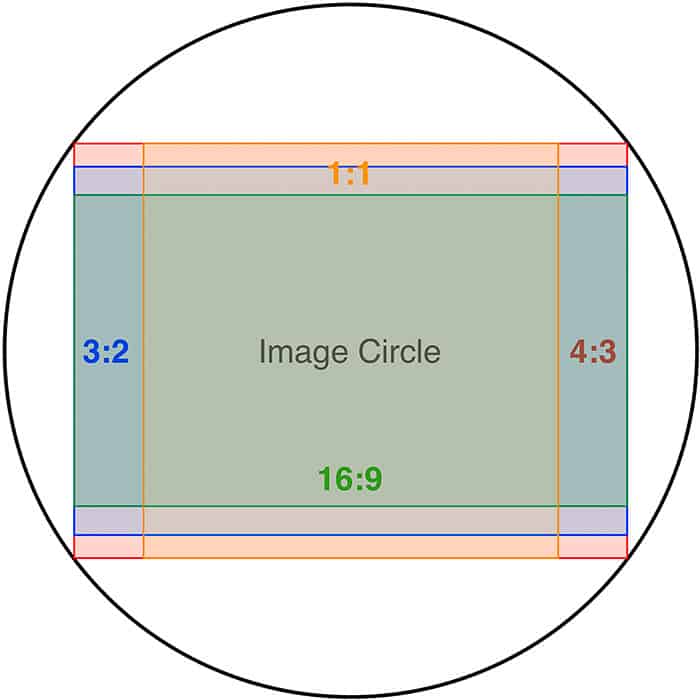
What Are the Most Common Aspect Ratios
There are quite a few aspect ratios that are common these days.
Let’s see why they became so popular. And which aspect ratio you should use when.
3:2 Aspect Ratio
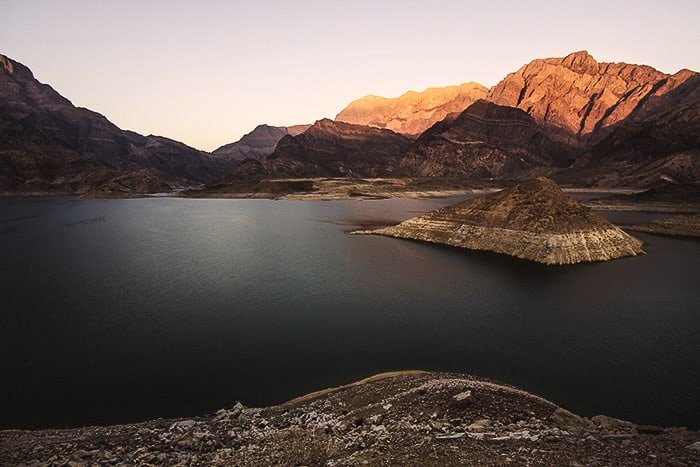
First of all, this is the closest to the golden ratio,
which makes it visually appealing and more balanced. Painters and
artists used it long before even photography was invented. It’s also the
ratio of a 35mm film.
Although now 4:3 aspect ratio is gaining traction, 3:2 is still the standard one. You can use your old film lenses on new DSLRs because they are designed for same ratios.
4:3 Aspect Ratio

4:3 aspect ratio is a common standard of modern day monitors and screens. So, this ratio looks much more aesthetic on screens.
Advertisers use this ratio all the time for digital advertising. Micro four thirds cameras also us this ratio as their standard.
1:1 Aspect Ratio
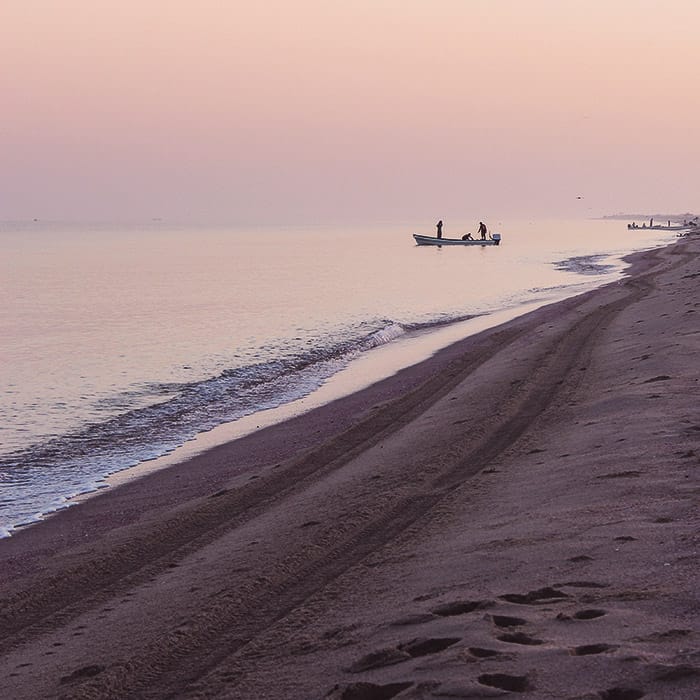
This aspect ratio was common with medium format cameras in the old days. It was becoming popular when Instagram became a sensation for photographers.
It is pretty much standard for social media nowadays. With this ratio,
the image isn’t affected no matter which orientation you are viewing it
in.
16:9 Aspect Ratio
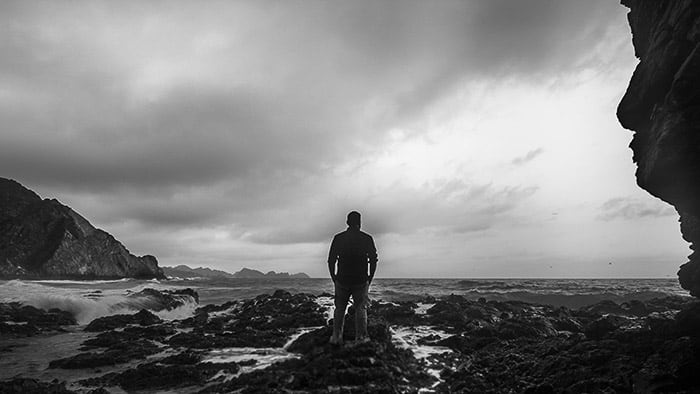
This is the standard for HDTV and motion pictures. Because of this, it looks cinematic.
Certain types of shots look particularly beautiful in this ratio.
Although when it comes to stills, it is not a widely used aspect ratio.
Now let’s talk about how to choose the aspect ratio for specific work.
And what to keep in mind while choosing one aspect ratio over another.
How Does Composition Affect Aspect Ratio
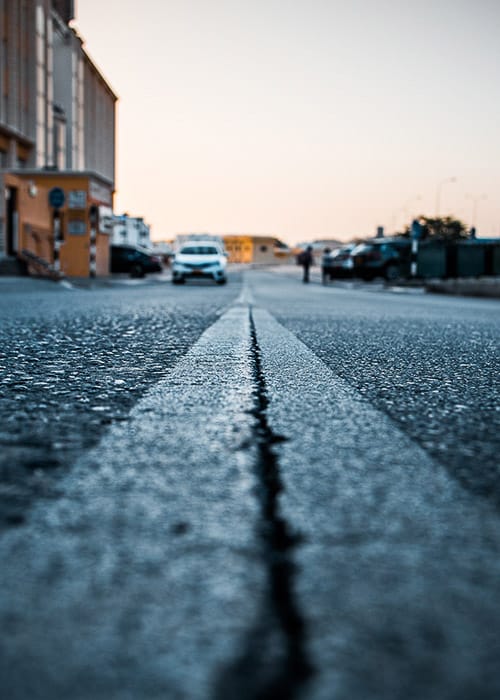
Sometimes, it is the composition that dictates the aspect ratio. If you are shooting a landscape in horizontal orientation, then 3:2 aspect ratio is the best choice.
You can use every bit of your sensor. It’s easier to the place horizon.
And it’s much more balanced as this ratio is very close to the golden
ratio.
But if you want a vertical orientation than 3:2 aspect ratio is a bit
awkward. There is too much free space either for sky or for foreground.
If you don’t have a lot of details in foreground or background, then 4:3
is a much better choice.
Think about your target composition and select your aspect ratio accordingly. This will let you frame your subjects with better balance.
Keep Your Target Platform in Mind

Gone are the days when the only output of a photograph was a wall
mounted print. Now you have different platforms and you must tailor your
shots to each one. Unless you have a very specific task like shooting
for billboards, for example.
The square (1×1) aspect ratio best fits Instagram. Although the app
supports rectangular format now too. But your first impression still
comes from the main grid and it still depends on the square aspect
ratio.
Instagram stories are another example that depends on the 9:16 aspect ratio, which is best suited for mobile devices.
The Youtube thumbnail image ratio is 16:9. Google+ and Pinterest work
best with 2:3 aspect ratio. For a photographer, getting traction on
social media is of prime importance.
Since photography is a visual medium, presenting your images in the best
possible way on social media is the only way you can gain more
visibility.
For some inspiration check out our top lists of female photographers, young photographers or photography websites.
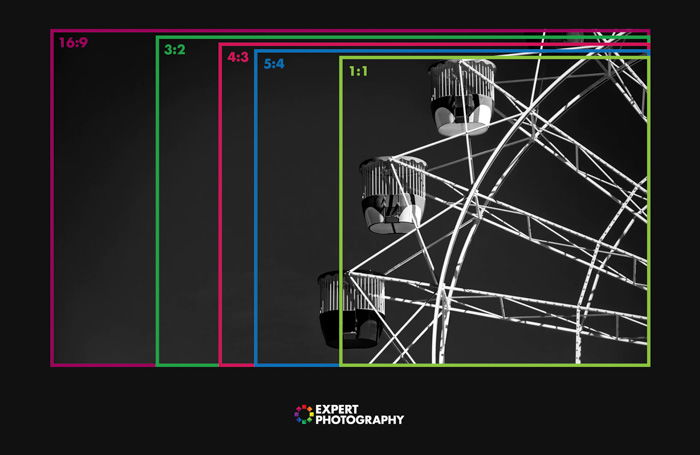
Which Aspect Ratio Is Best for Prints
It’s always a pleasure to see a picture in its physical and tangible
form. Nothing can replace an actual album or a picture frame.
Ask any wedding photographer and they will tell you what problems they face with aspect ratios while sending their pictures for prints.
The aspect ratios of most common printing papers
and photo frames don’t match the default aspect ratios in cameras these
days. You will find plenty of photo frames on the market that match
aspect ratios like 5:4,5:7 and 8.5:11.
It’s a good idea to check with your client, and ask what their target
aspect ratios are. That way you can produce results tailored to their
needs.
How to Approach the Elephant in the Room?
There are multiple ways to fix this issue. One way is to shoot with
enough space around the edges so that you can crop later on in
post-processing. This works for aspect ratios that are close to each
other like 3:2 and 4:3.
But what about scenarios when you want to shoot a square as well as 16:9
or 9:16 aspect ratio? There’s a huge difference between these two
aspect ratios visually.
It’s always a better idea to shoot separate images with a different aspect ratio. That way, you will lose very little amount of resolution and you can adjust each composition perfectly.
Every time you can’t shoot multiple images for each aspect ratio, go
with Raw+JPEG option. You will get accurate composition in JPEG the RAW
file will give you some room to play around in post for ratios close to
your actual one.
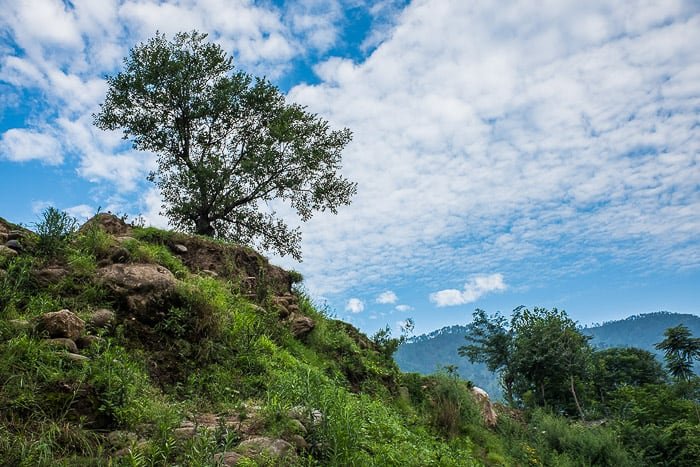
In the past, aspect ratio was something that you couldn’t control
easily. It mostly depended on what type of camera you were using.
Nowadays, however, this is more of a creative decision rather than a physical limitation.
There is no such thing as the best aspect ratio. It’s always a good idea
to shoot for a specific aspect ratio if possible. But a photograph is
more than just pixels.
Make sure it is visually appealing for whichever aspect ratio you choose. After all, photography is all about the aesthetics.
-------------------------------------------------------------------
Free Photography Ebook
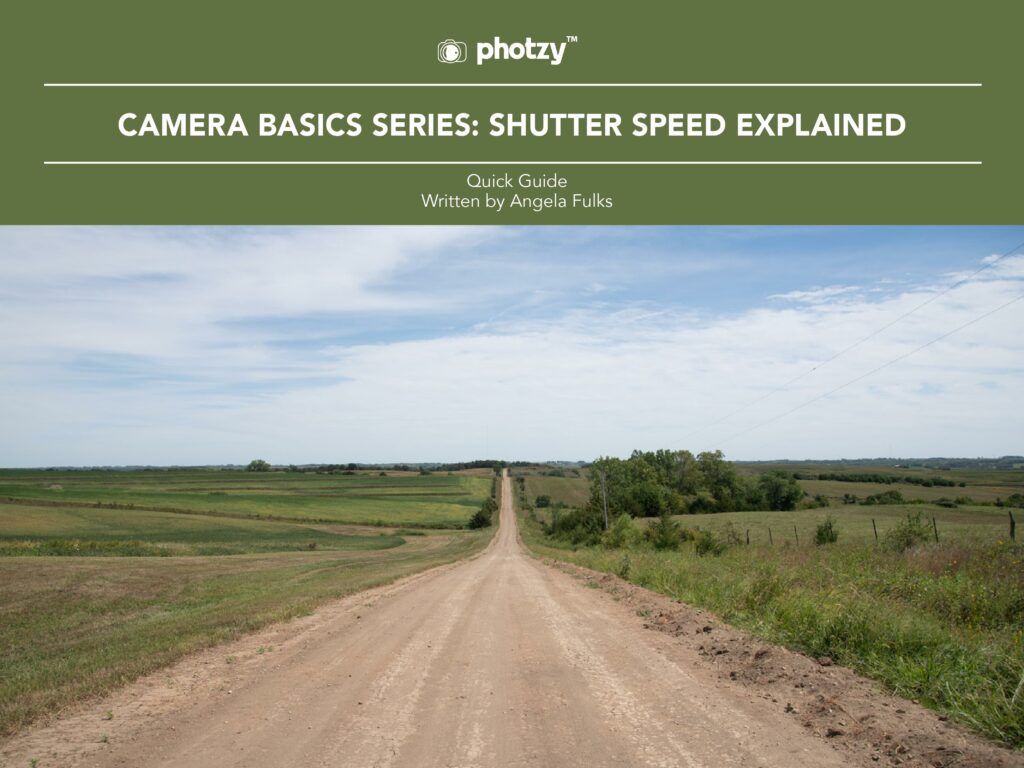
No comments:
Post a Comment
Note: Only a member of this blog may post a comment.